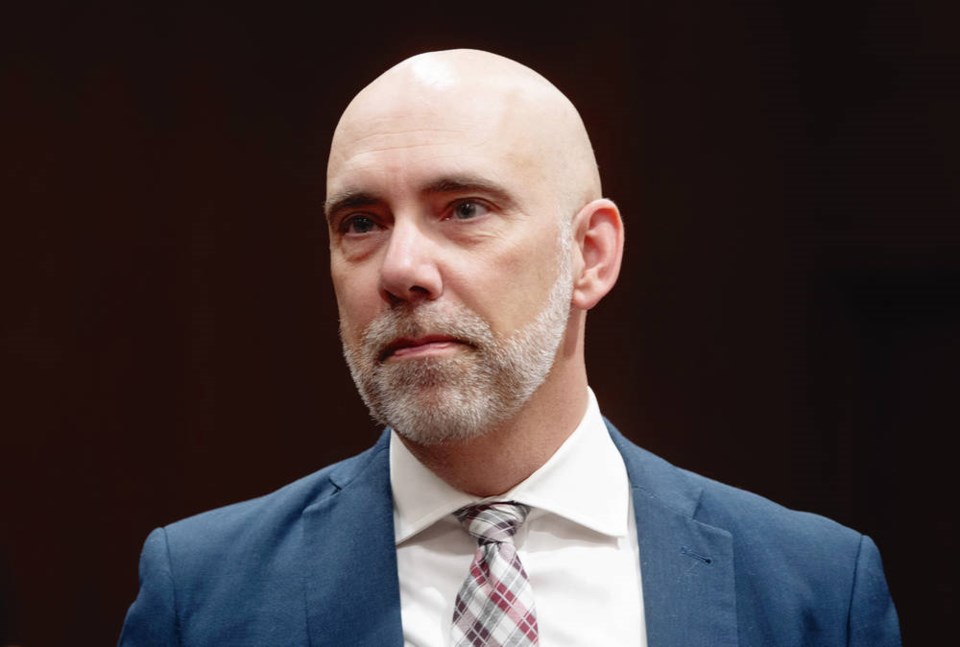Canada’s Parliamentary Budget Officer has published a pre-budget offering that reminds you of that scene at the beginning of the 1998 move Armageddon in which a massive asteroid slams into Earth, shattering continents and causing an extinction-level event.
All right, an exaggeration perhaps. Not even the federal Liberals could blow up the planet. But they certainly know how to blow up our country’s fiscal security.
The PBO report puts the 2020-2021 deficit at a staggering $363.4 billion, more than the entire budget planned for that year. And note, that figure does not include additional stimulus funding of $70 billion to $100 billion earmarked in the government’s Fall Economic Statement.
The reason for that omission? Because no one knows where the stimulus money went, who has it, or even if it was spent. Finance Minister Chrystia Freeland is playing hide and seek with $100 billion.
But to stay with the raw numbers, a deficit north of $350 billion is more than double any federal shortfall since the Second World War, and that’s allowing for inflation.
Carrying on, the PBO estimates the current year’s deficit at $121 billion, and again, that excludes stimulus spending. While with luck, the following four years may see declines, at no time can the PBO forecast an annual shortfall of less than $20 billion.
That coincides with an earlier report by the federal Finance Ministry that saw deficits every year out to 2050.
Worse still, the authors of the PBO report point out that their calculations are based on the assumption that there will not be a “severe third wave of infections.”
But how realistic is that? B.C. is now recording daily COVID-19 infections at the highest rates since the outbreak began, and extensive new curtailments have been imposed on social mobility.
Ontario has announced a four-week province-wide “emergency brake” lockdown, and Quebec has already implemented additional restrictions.
If this is not a “severe third wave of infections,” it looks awfully like it.
In short, those deficit numbers, grim as they are, may well be too low. And if they are? The PBO gives the answer: In such an event, “there is a risk that the sustainable debt-to-GDP trajectory we project over the medium- and long-term would be reversed” (i.e. our debt trajectory would become unsustainable).
So where does this leave us? The principal issue is not mismanagement or lack of discipline as such, though both are pervasive in Ottawa.
The concern is that the prime minister and his colleagues are extending the boundaries of government far beyond a level sustainable in the years to come.
And that can only mean one of two things: either sharply higher taxes, or across-the-board economizing that will take the heads off essential and inessential services alike. And the services we care most about, health care and social programs, will be the hardest hit, because that’s where all the money is.
In effect, if the federal government continues on its ruinous path, our public sector will bear the scars for years to come, long after the coronavirus pandemic is over.



